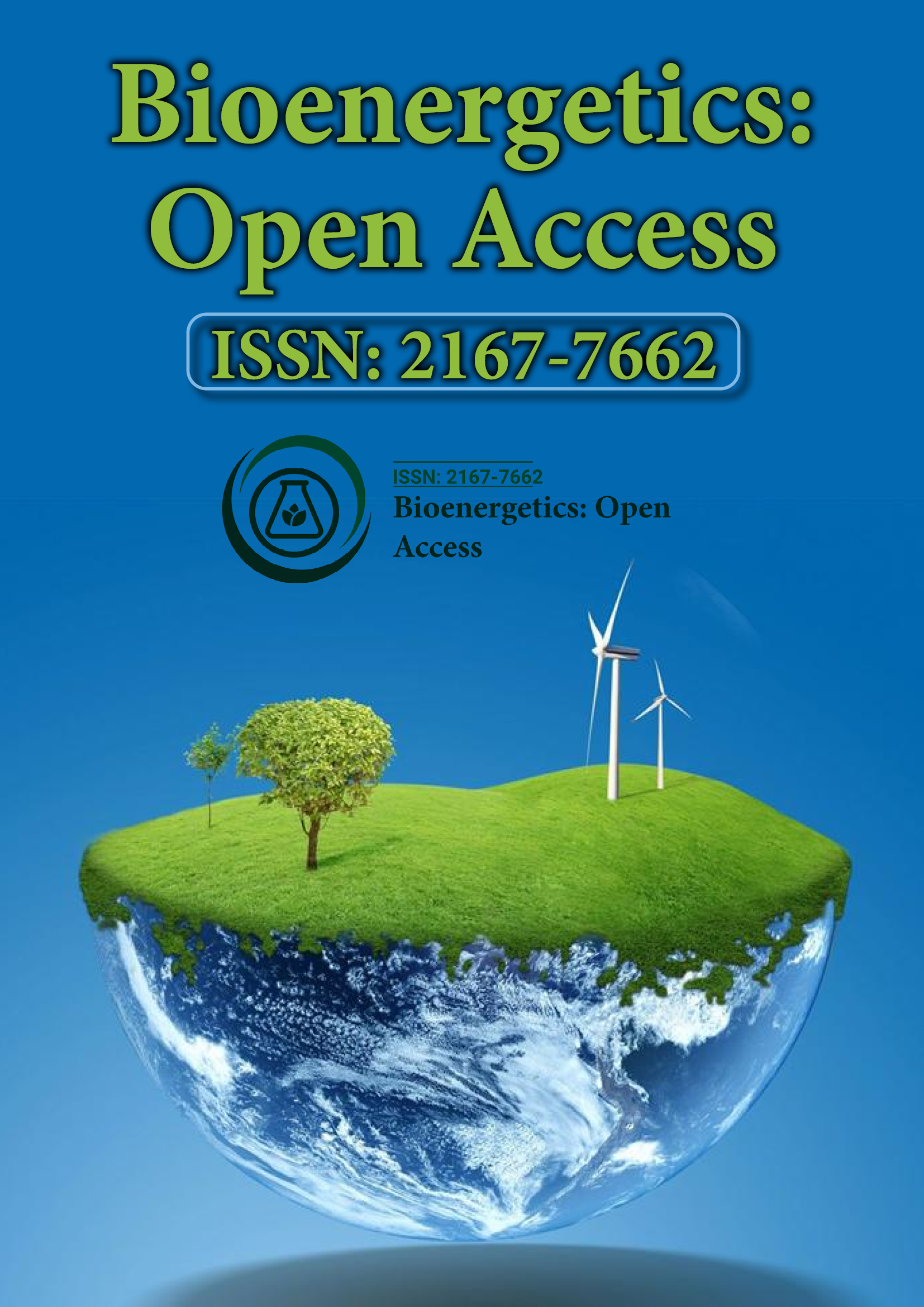Indexed In
- Open J Gate
- Genamics JournalSeek
- Academic Keys
- ResearchBible
- RefSeek
- Directory of Research Journal Indexing (DRJI)
- Hamdard University
- EBSCO A-Z
- OCLC- WorldCat
- Scholarsteer
- Publons
- Euro Pub
- Google Scholar
Useful Links
Share This Page
Journal Flyer

Open Access Journals
- Agri and Aquaculture
- Biochemistry
- Bioinformatics & Systems Biology
- Business & Management
- Chemistry
- Clinical Sciences
- Engineering
- Food & Nutrition
- General Science
- Genetics & Molecular Biology
- Immunology & Microbiology
- Medical Sciences
- Neuroscience & Psychology
- Nursing & Health Care
- Pharmaceutical Sciences
Perspective - (2025) Volume 13, Issue 1
Visualizing Metabolic Activity in Living Cells with Optical Sensors
Sofia Petrovna*Received: 19-Feb-2025, Manuscript No. BEG-25-28872; Editor assigned: 21-Feb-2025, Pre QC No. BEG-25-28872 (PQ); Reviewed: 07-Mar-2025, QC No. BEG-25-28872; Revised: 14-Mar-2025, Manuscript No. BEG-25-28872 (R); Published: 21-Mar-2025, DOI: 10.35248/2167-7662.25.13.289
Description
The study of cell metabolism and bioenergetics lies essentially understanding physiological function and pathological transformation. Metabolic pathways dictate cellular fate, influence tissue responses and reflect the intricate balance between energy production and consumption. Traditionally, the analysis of metabolism has relied on bulk biochemical assays or invasive procedures that lack temporal resolution or cellular specificity. However, recent advances in optical sensor-based systems are redefining how we visualize, quantify and interpret metabolic dynamics in real time and at high spatial resolution.
Optical sensors exploit the principles of fluorescence, phosphorescence, or absorbance to detect biochemical changes within living cells. These systems often integrate with microscopy, enabling researchers to monitor fundamental metabolic parameters such as oxygen consumption, mitochondrial membrane potential, pH, glucose uptake and reactive oxygen species. What sets them apart is their noninvasive nature, real-time feedback and the capacity to capture cellular heterogeneity, which is often masked in conventional ensemble-based analyses.
One of the most transformative tools in this space is the use of oxygen-sensitive probes for measuring cellular respiration. Phosphorescent sensors that quench in response to oxygen provide a direct readout of mitochondrial activity. These sensors, embedded in multi-well plates or deployed at the single-cell level, reveal metabolic shifts under varying environmental conditions or in response to drug treatment. The ability to visualize oxygen gradients also offers insights into tissue-level physiology, such as in cancer, where hypoxia plays a critical role in disease progression and therapeutic resistance.
Equally notable is the rise of genetically encoded sensors that report on intracellular metabolites and ion concentrations. These biosensors are engineered to undergo conformational changes that alter fluorescence intensity or resonance energy transfer, providing a dynamic readout of metabolite availability. For example, glucose and lactate sensors allow continuous monitoring of glycolytic flux, while ATP sensors reveal energy status in subcellular compartments. The advent of multiplexed imaging has further extended these tools by allowing simultaneous tracking of multiple metabolic parameters, creating a comprehensive view of cellular bioenergetics.
Optical sensor-based systems also intersect with cutting-edge technologies such as microfluidics and organ-on-chip platforms. These integrations facilitate precise control over the cellular microenvironment while allowing real-time metabolic monitoring. In drug screening and toxicology studies, optical sensors provide early indicators of mitochondrial dysfunction, apoptosis, or metabolic shifts, increasing both the sensitivity and specificity of predictive assays. Their scalability and adaptability make them ideal candidates for personalized medicine applications, particularly in assessing patient-derived organoids or biopsies.
Despite these advancements, challenges remain. The development of new optical sensors must balance sensitivity, photostability and biocompatibility. Signal interference, background auto-fluorescence and photobleaching can still limit the utility of these probes in complex tissues or long-term imaging experiments. Moreover, quantitative interpretation of fluorescence signals often requires rigorous calibration and control experiments. Interdisciplinary efforts involving chemists, bioengineers and computational biologists are essential to overcome these hurdles and translate optical sensing into robust diagnostic and research tools.
Another critical frontier is the application of optical sensors in in vivo settings. While progress has been made in developing near-infrared probes and implantable devices, there is still a gap in achieving non-invasive, whole-body metabolic imaging with the resolution and specificity seen in vitro. Advances in optical fiber-based systems, adaptive optics and light-sheet microscopy provide potential routes to bridge this gap, enabling real-time monitoring of metabolism in living organisms.
In the broader context, optical sensor-based analysis of metabolism challenges conventional paradigms by shifting focus from static measurements to dynamic processes. This is particularly relevant in studying metabolic flexibility, adaptation and resilience under physiological stress. It also highlights the importance of spatial and temporal context, as metabolic states can vary not only between cell types but also within the same cell over time.
In conclusion, optical sensor-based systems represent a powerful and evolving toolkit for the real-time analysis of cell metabolism Bioenergetics: and bioenergetics. Their ability to provide high-resolution, noninvasive insights into metabolic activity is revolutionizing research across cell biology, pharmacology and systems medicine. As these technologies continue to evolve and integrate with complementary platforms, they hold immense potential to deepen our understanding of health and disease and to pave the way for more targeted and responsive therapeutic strategies.
Citation: Petrovna S (2025). Visualizing Metabolic Activity in Living Cells with Optical Sensors. J Bio Energetics. 13:289.
Copyright: © 2025 Petrovna S. This is an open access article distributed under the terms of the Creative Commons Attribution License, which permits unrestricted use, distribution, and reproduction in any medium, provided the original author and source are credited.
